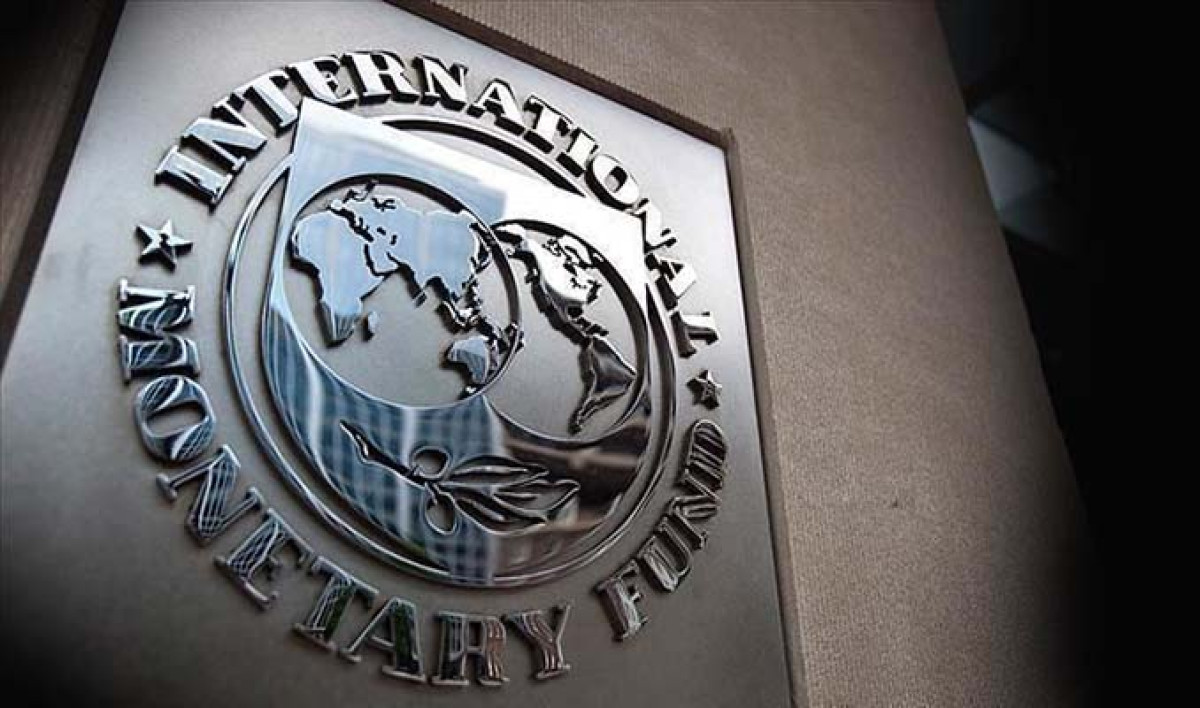Comprehensive Analysis of the Forex Market by the IMF
International Monetary Fund (IMF) has published an important analysis regarding foreign exchange markets as part of the Global Financial Stability Report. The analysis, titled "Risks and Resilience in the Global Foreign Exchange Market," emphasizes that foreign exchange markets, with daily transactions worth approximately 10 trillion dollars, are the largest and most liquid financial markets in the world. It is stated that these markets are a fundamental building block of global trade and finance.
Global Uncertainty and Forex Volatility
The report highlights that due to the central role of foreign exchange markets in the international monetary system, these markets are very sensitive to macroeconomic developments and policy changes. Increased global financial or economic uncertainty is reducing investors' risk appetite and increasing demand for safe-haven assets, leading to significant volatility and liquidity pressure in foreign exchange markets.
Sharp Fluctuations in Emerging Market Currencies
Following a sharp increase in financial uncertainty, a notable rise in dollar purchases by investors outside the U.S. has been observed; this demand surge has gained particular intensity among non-bank financial institutions. While these institutions typically support liquidity, they have the potential to exacerbate market fragility during stress periods. This situation causes sharp fluctuations in exchange rates, widening bid-ask spreads, and increasing costs of foreign financing.
Trade Policies and Geopolitical Tensions
The current state of the foreign exchange markets is shaped by transformations in trade policies, reconfigurations of supply chains, and geopolitical tensions. For example, the increased uncertainty following the tariffs announced by the U.S. led to a rise in demand for the U.S. dollar in spot markets; however, this increase was not as sharp as during the COVID-19 period.
The Impact of Operational Disruptions
The report emphasizes that the stress in foreign exchange markets poses the risk of spreading to other financial assets. The increase in the cost of managing foreign exchange risk can adversely affect the returns and risk premiums of assets such as stocks and bonds. Furthermore, rising funding costs can weaken the intermediation capacity of financial institutions and create broader instability risks.
Recommendations for Policymakers
Despite the deep liquidity of foreign exchange markets, it is noted that they remain vulnerable to adverse shocks. Therefore, it is important for policymakers to closely monitor systemic risks arising from market stress, develop liquidity stress tests, and assess funding vulnerabilities among financial institutions in order to close data gaps.
⚖️ Yasal Uyarı:Bu içerik yatırım tavsiyesi niteliği taşımaz. Yatırımlarınızla ilgili kararlarınızı kendi araştırmalarınız ve risk profilinize göre almanız önerilir.
IMF, currency markets, risk analysis, financial uncertainty, developing countries




















.png)